Description
Welcome to our Germanium Window Customization service, where we offer high-precision Germanium windows tailored to your specific needs. Whether for industrial, medical, defense, or infrared applications, our customized Germanium windows provide superior performance and reliability.
Key Products:
- Germanium Windows for Infrared Applications: Optimized for high transmission in the infrared spectrum, these windows are perfect for use in IR cameras, thermal imaging systems, and other IR applications.
- High-Durability Germanium Windows: With coatings such as DLC, these windows are designed to withstand harsh environments and maintain performance under extreme conditions.
- Precision Germanium Windows: Ideal for applications requiring high optical clarity and precision, such as spectroscopy, medical imaging, and laser systems.
Applications:
- Infrared Imaging: Essential for thermal cameras and night vision devices, our Germanium windows provide clear and precise imaging in the infrared spectrum.
- Laser Systems: Suitable for high-power laser applications due to their ability to withstand thermal shock and high energy densities.
- Medical Imaging: Used in diagnostic tools that rely on infrared spectroscopy and imaging for analyzing tissues and other biological samples.
- Aerospace and Defense: Employed in sophisticated surveillance and targeting systems where reliable performance in extreme conditions is crucial.
- Industrial Applications: Used in process monitoring and quality control systems that require precise infrared measurement and imaging.
Why Choose Our Germanium Window Customization Service?
- Expertise: Our team of optical engineers has extensive experience in designing and manufacturing custom Germanium windows.
- Quality Assurance: We adhere to strict quality control standards, ensuring that every product meets or exceeds industry specifications.
- Advanced Technology: We utilize state-of-the-art equipment and processes to deliver precision and reliability in every component we produce.
- Customer-Centric Approach: We work closely with our clients to understand their specific needs and provide customized solutions that deliver superior performance.
Ordering Process:
- Consultation: Contact us to discuss your specific requirements and project details.
- Design and Prototyping: Our engineers will design your custom Germanium windows using advanced modeling software and create prototypes for evaluation.
- Manufacturing: Once the design is approved, we will manufacture the windows using our high-precision equipment.
- Quality Inspection: Each window undergoes rigorous quality inspection to ensure it meets your specifications.
- Delivery: We will ship your custom Germanium windows, ensuring they arrive safely and on time.
Contact Us: To learn more about our Germanium customization services or to start your project, please contact us at:
- Email: [email protected]
- Phone: +65-66677359
Experience the excellence of customized Germanium windows with Shape Optics, where precision meets performance.




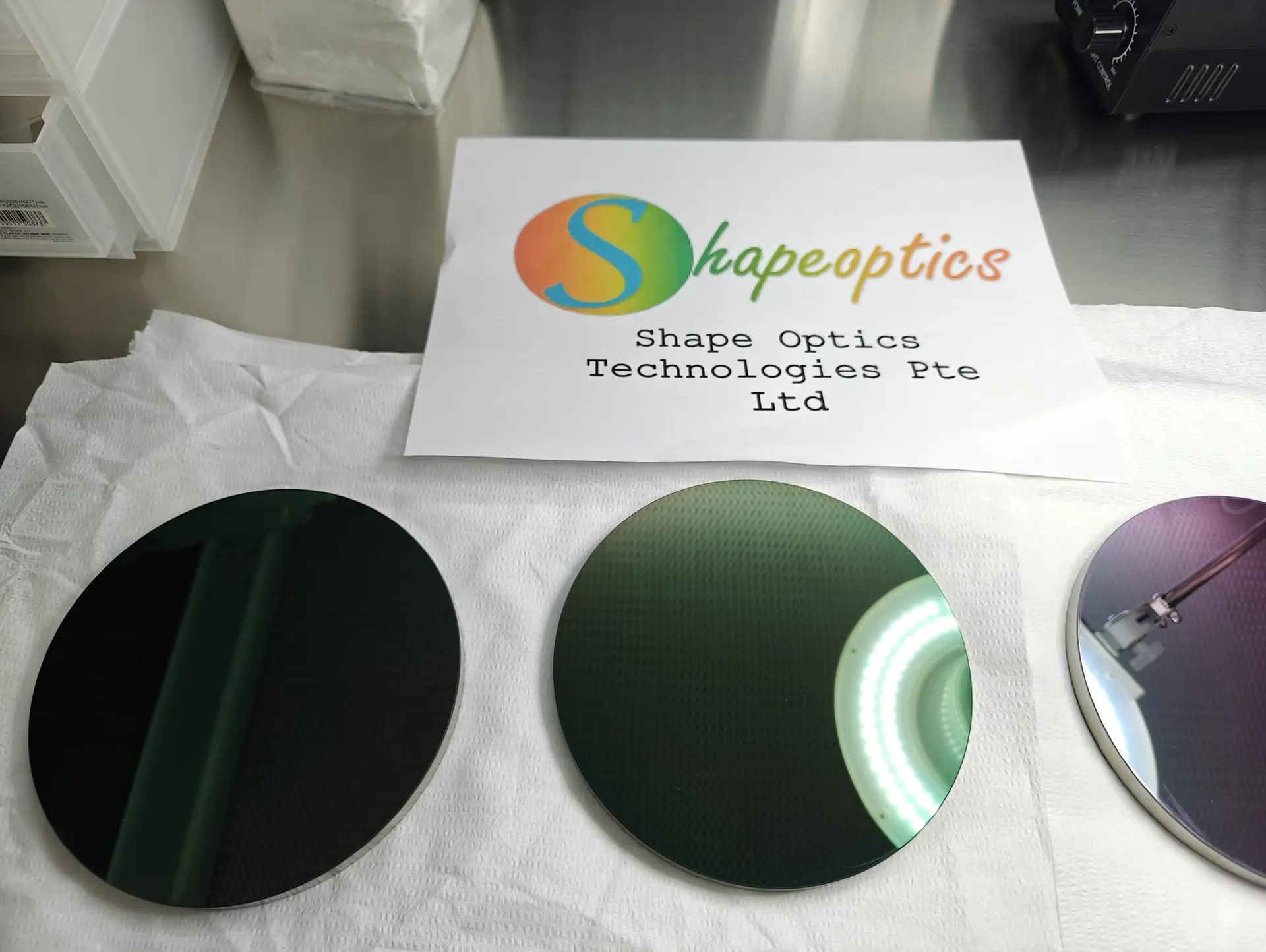
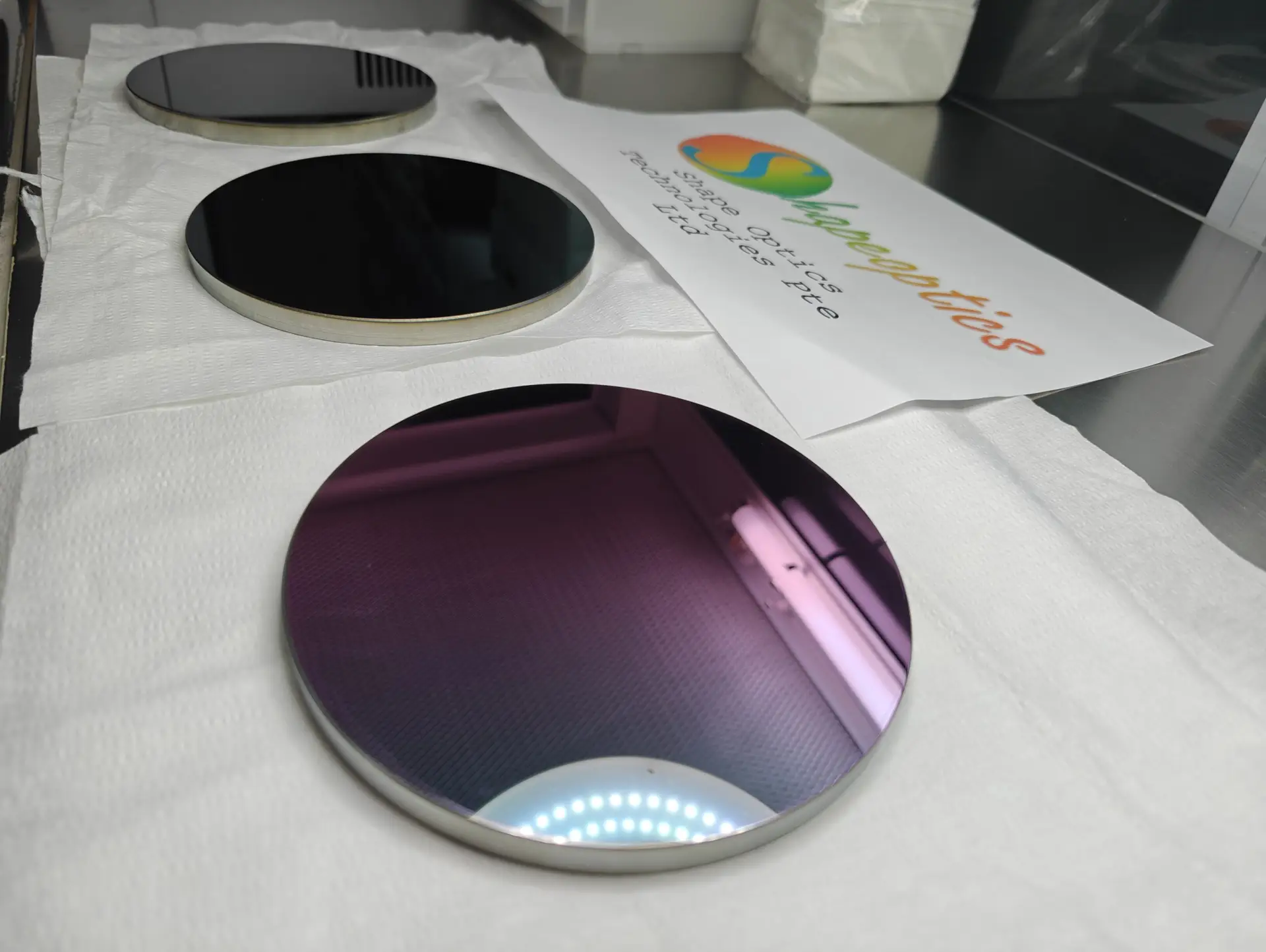
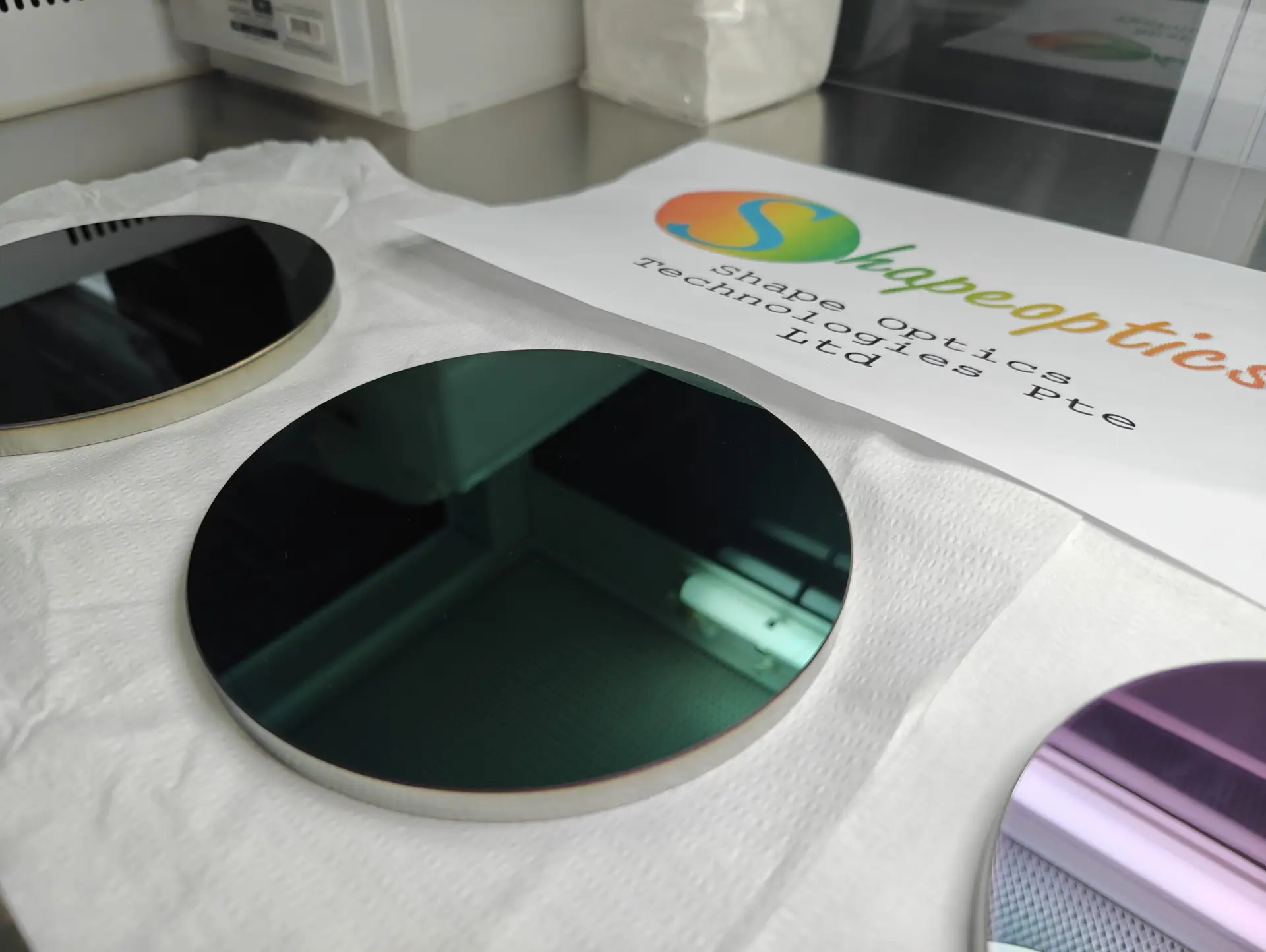
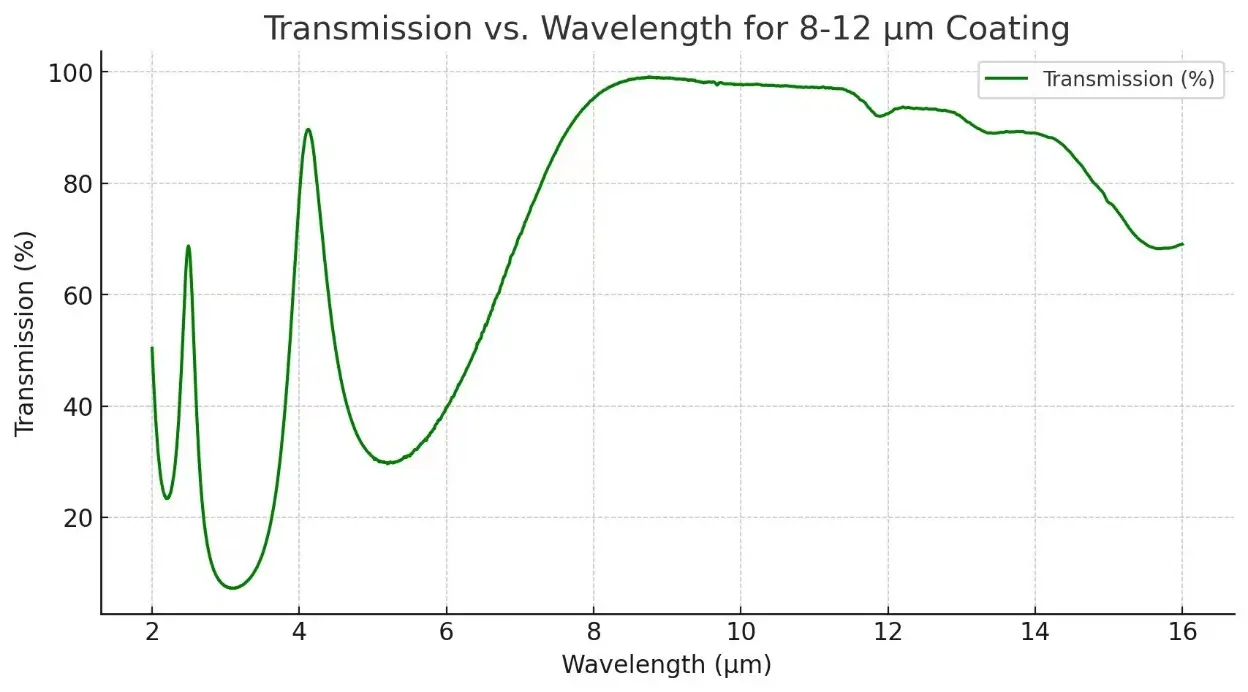
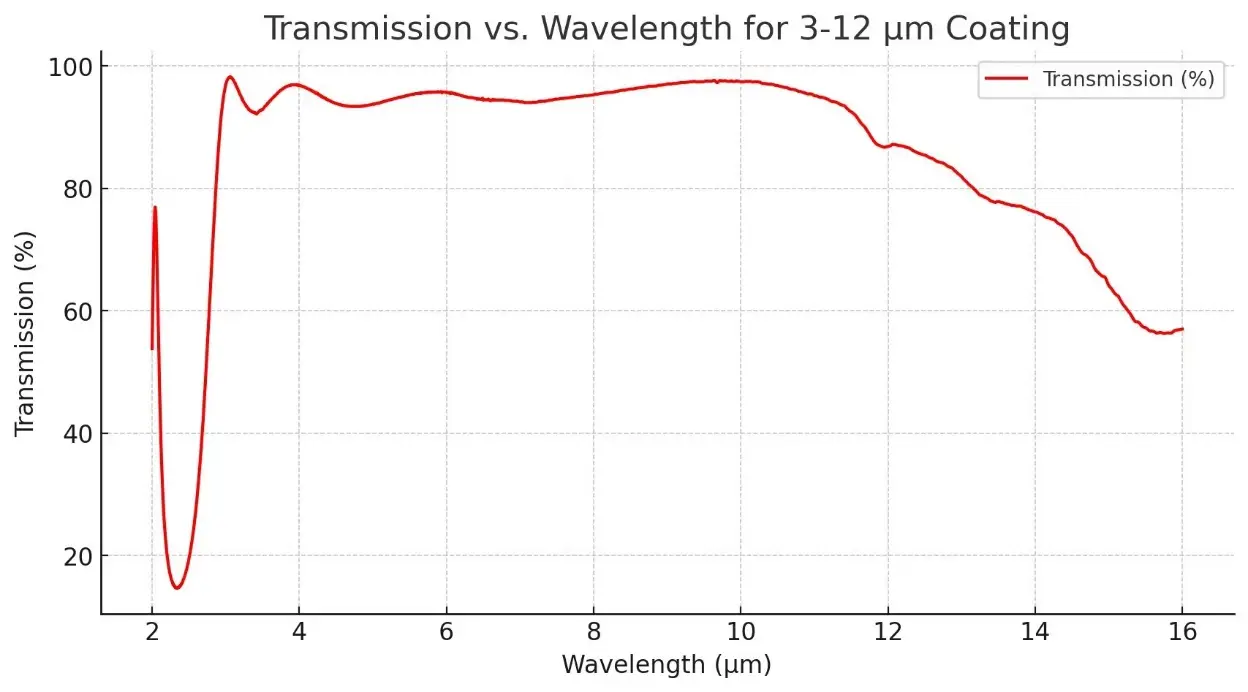

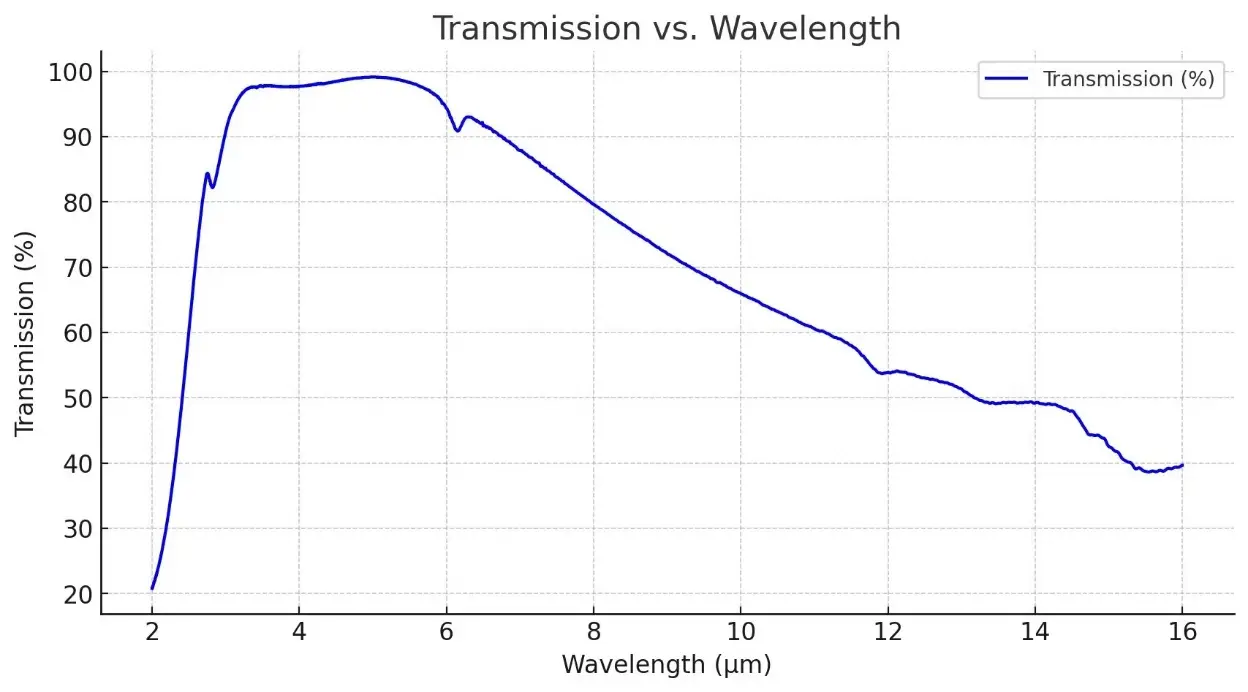


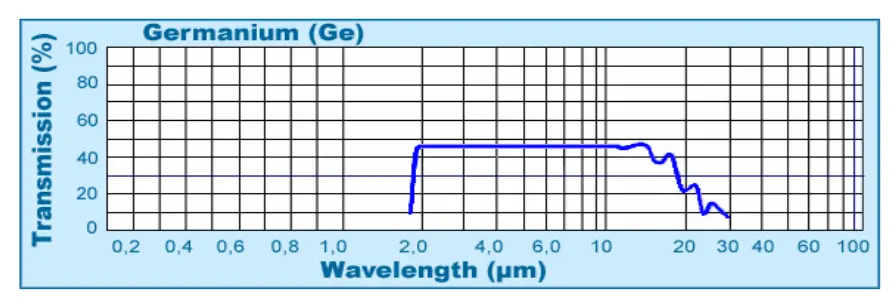
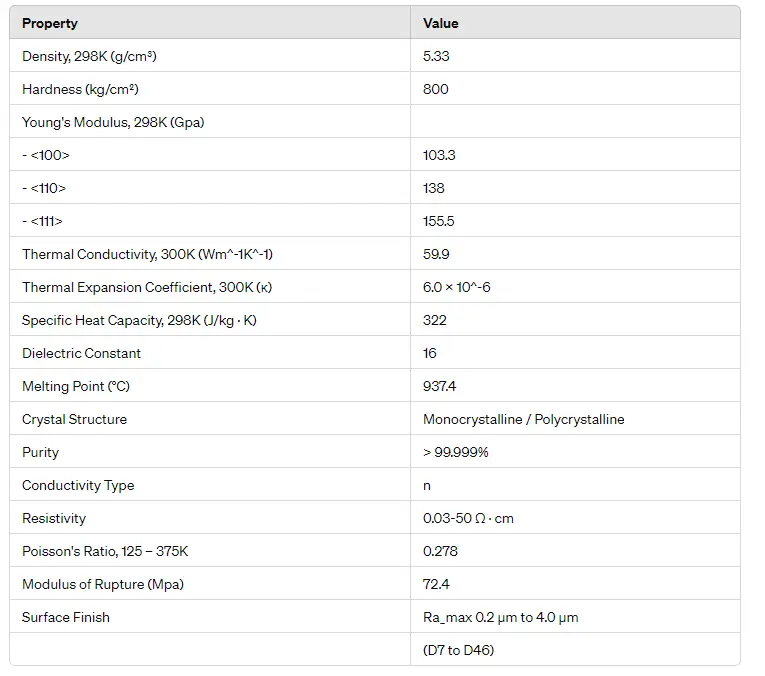
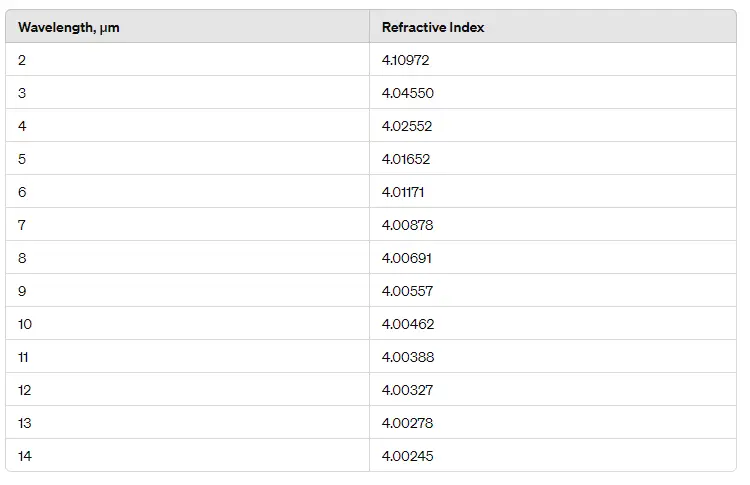

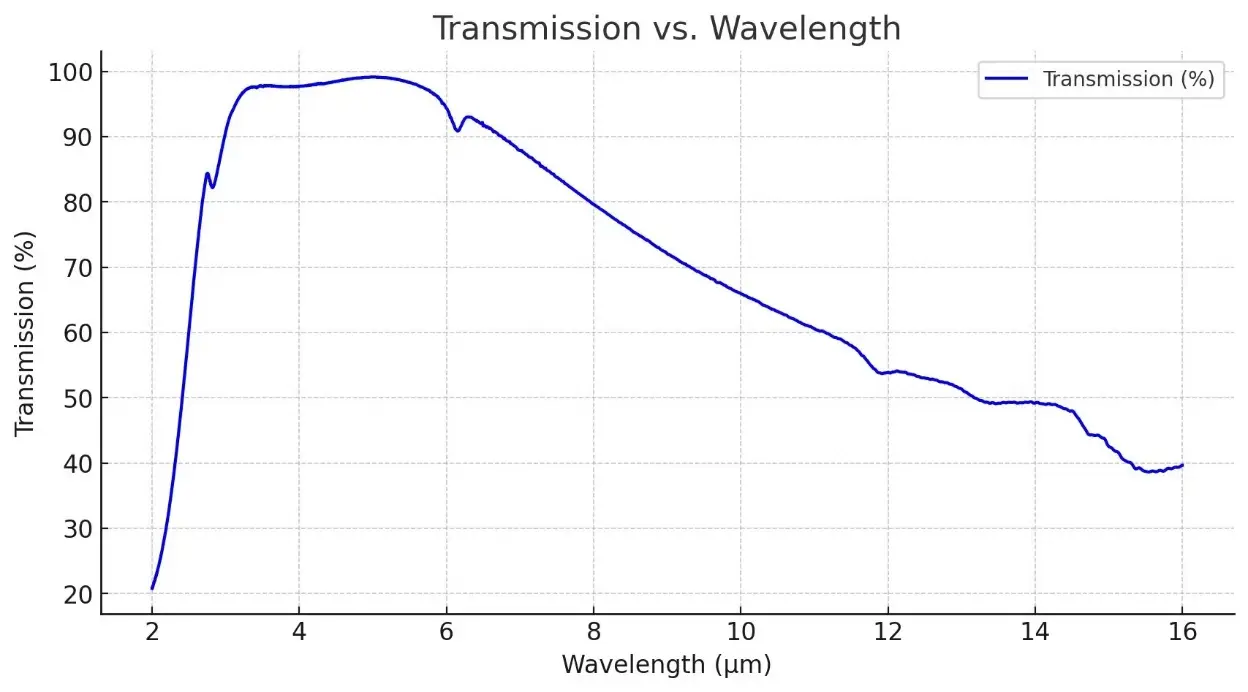
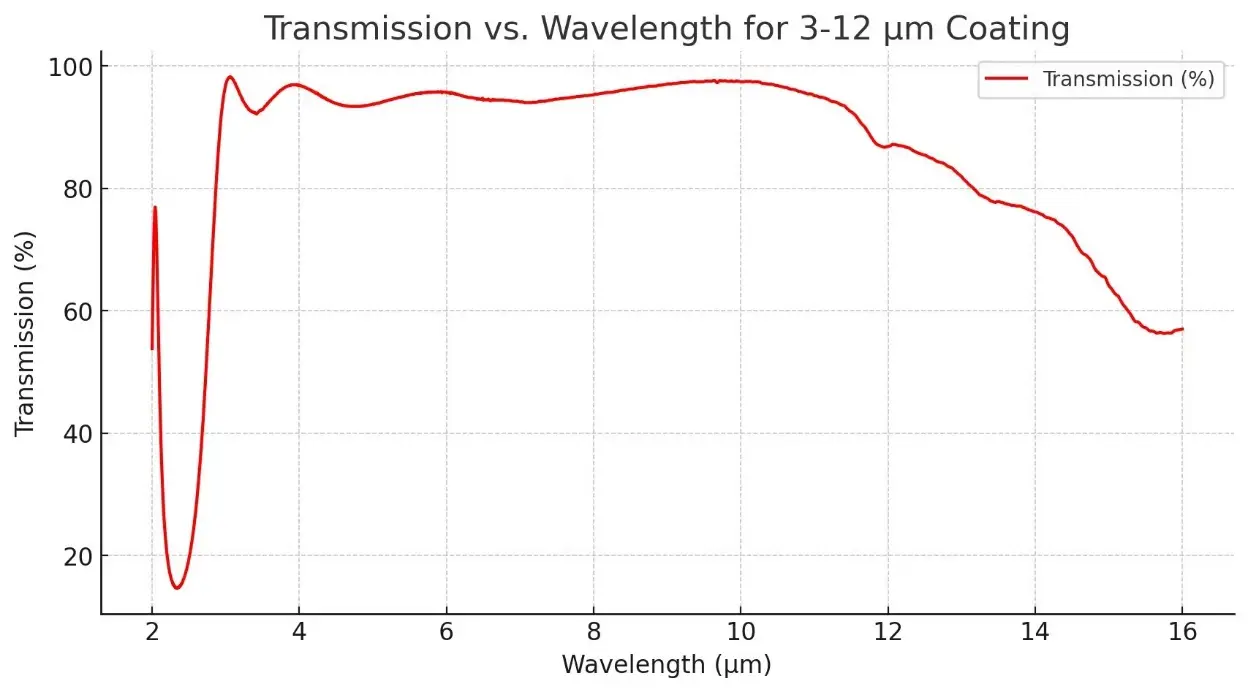
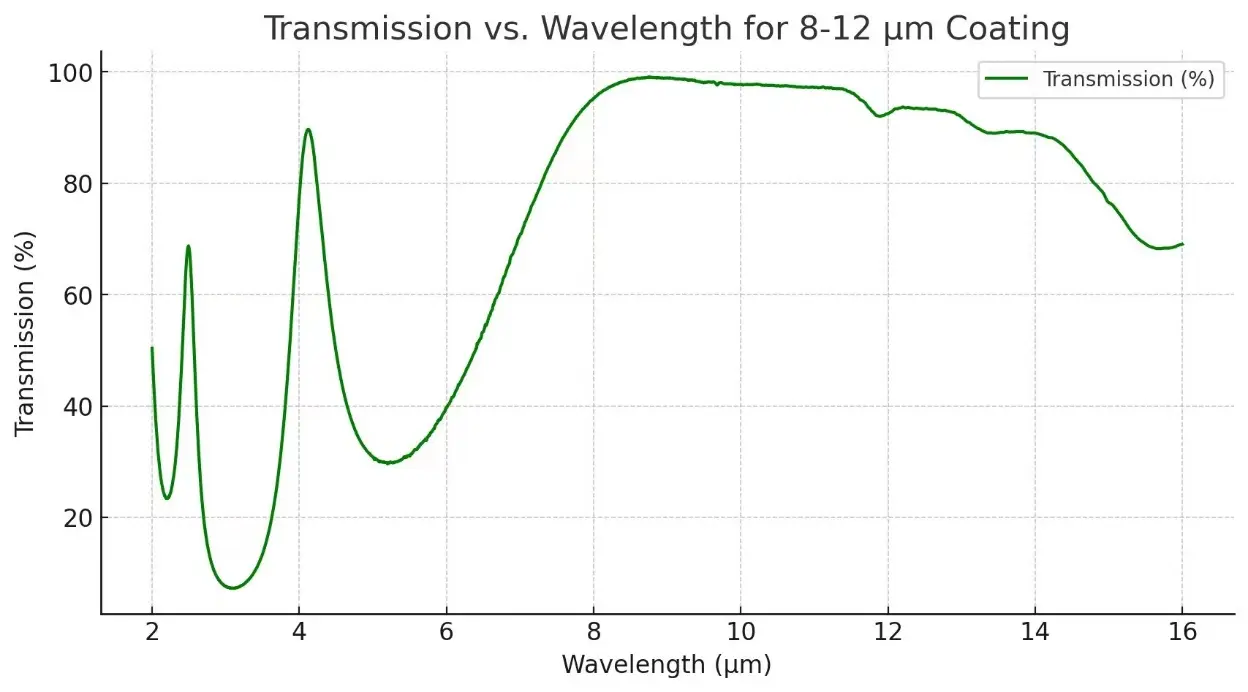
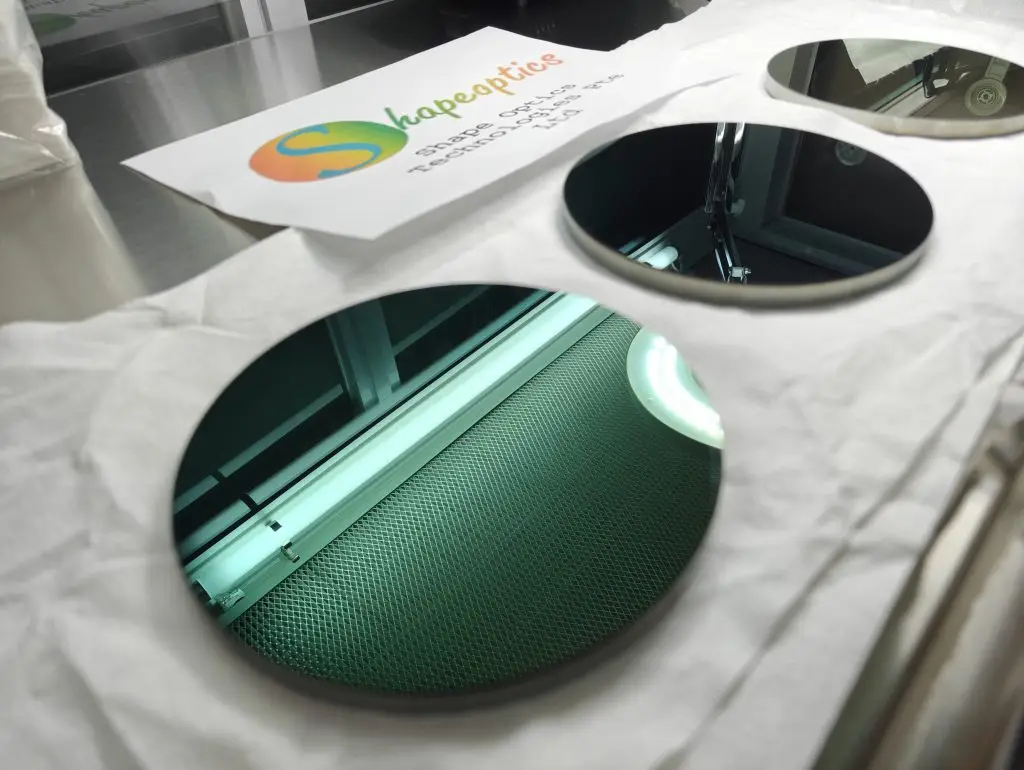
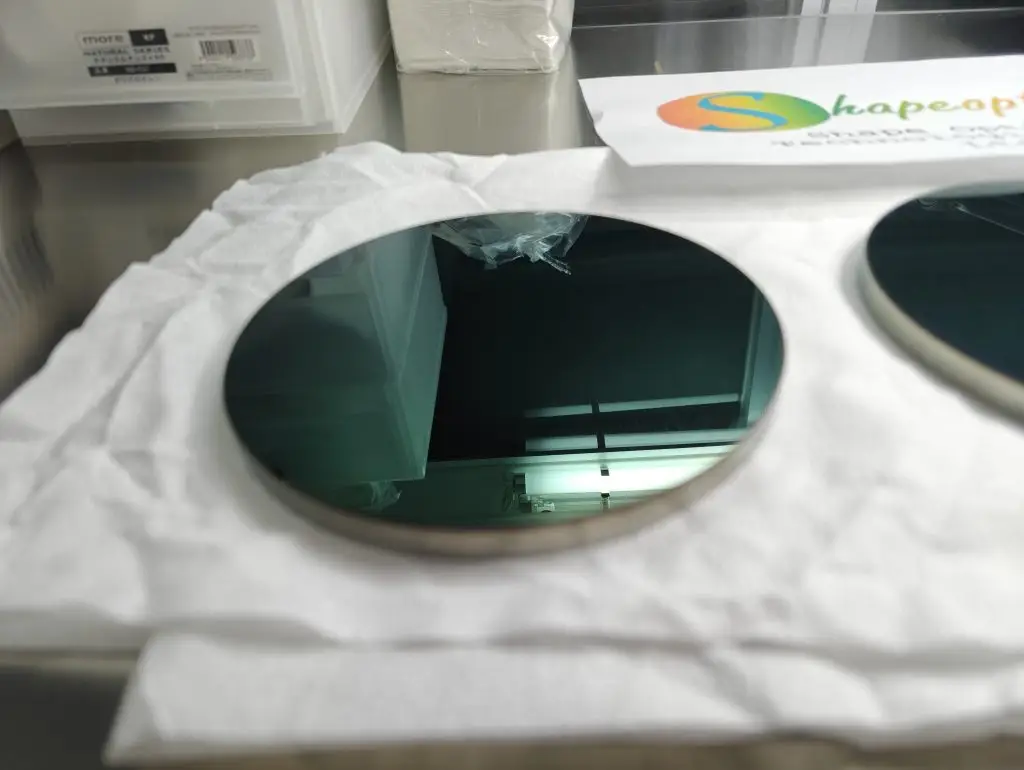



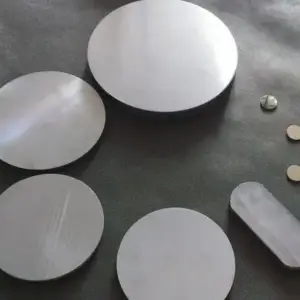


Reviews
There are no reviews yet.